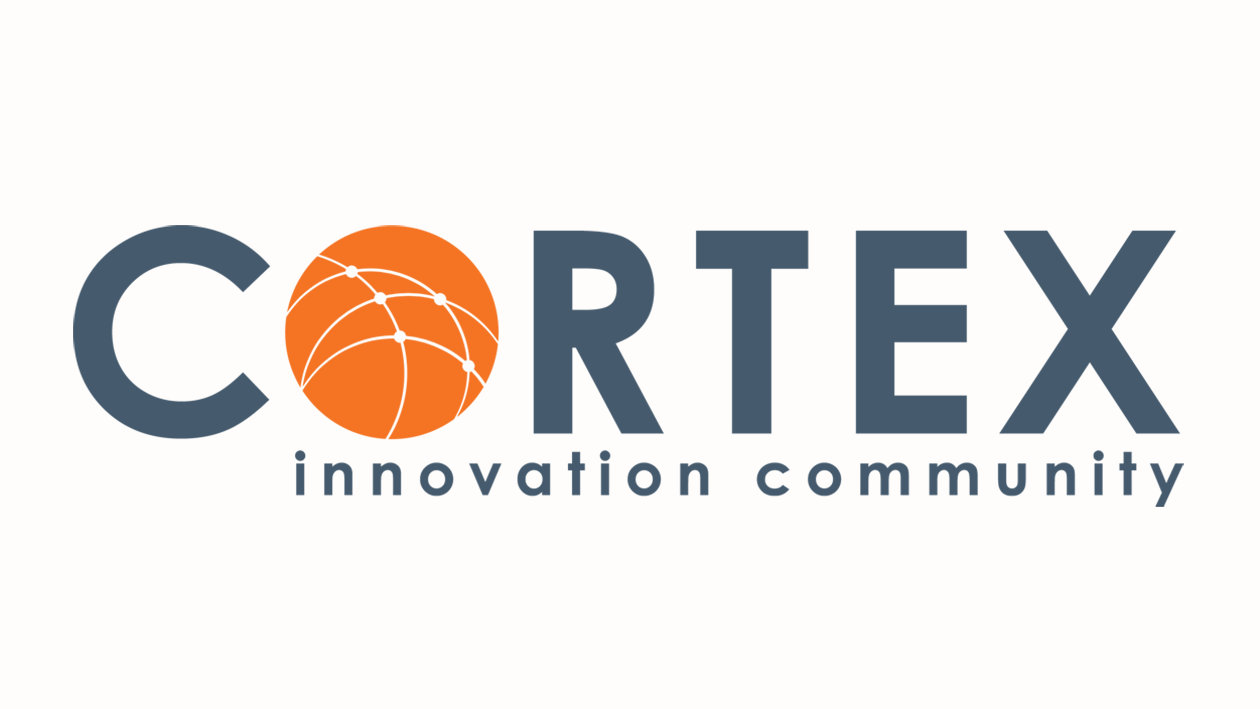As a returning participant in the St. Louis Green Cities Challenge in 2021, the City of Clayton reinvented its commitment of sustainability through the identification of new priorities and implementation of new projects to make Clayton a greener place to live, work and learn.
Known for its bustling business district and charming residential neighborhoods, the City of Clayton aims to foster a diverse and inclusive community by offering something for everyone. With a strong record of valuing sustainability, the city has been recognized for its outstanding recycling programs, use of rain gardens, city-wide smoking ban and dedication to green building design embedded in its culture and operations. Led by the city’s Sustainability Committee, Clayton continues to prioritize green practices, identifying additional ways they can continue to be a sustainability leader in the region.
During the 2021 Challenge, the City of Clayton Parks & Recreation Department began to replace High Pressure Sodium (HPS) lights in the parks with LED light bulbs, which are more energy efficient and produce zero toxic elements. Clayton’s Public Works Dept. also replaced all compact fluorescent bulbs in City Hall, taking advantage of Ameren Missouri rebates that offer instant savings for purchasing qualified LEDs.
Moreover, the City of Clayton’s Parks and Public Works Superintendents took a new approach to storm clean-up last year to improve efficiencies. While these departments typically work independently, they determined that clearing streets, sidewalks and parks by area of Clayton as one coordinated unit would result in a significant reduction in miles driven in addition to labor costs, reducing emissions, etc. To take things one step further, the city’s Public Works and Parks & Recreation Departments consolidated mowing contracts to cut back on the number of contractors working in the city, thereby reducing the number of vehicles/equipment and associated emissions. The Public Works Department has also been recycling concrete, asphalt and steel on its construction projects since 2009, diverting over 35,000 tons of construction materials from landfills, which also positively benefits the quality of the air we breathe!
Last but not least, the City of Clayton has gone green at City Hall by transitioning to online operations for various functions that used to take place in person, saving paper and other office supplies, as well as reducing commute times by eliminating the need to drive for trips to their facilities. Two R-22 AC chiller units – which contain ozone-depleting hydrochlorofluorocarbon substances – were also replaced at City Hall-Fire Station with more eco-friendly, energy efficient units to help improve air quality.
For additional information on the sustainable efforts underway by the City of Clayton and how your municipality can get involved in the Challenge, subscribe to the bi-monthly E-Newsletter or visit www.stlouisgreenchallenge.com. To learn more about the link between sustainability and air quality, explore the Clean Air Partnership website, like us on Facebook or follow us on Twitter at @gatewaycleanair. 


